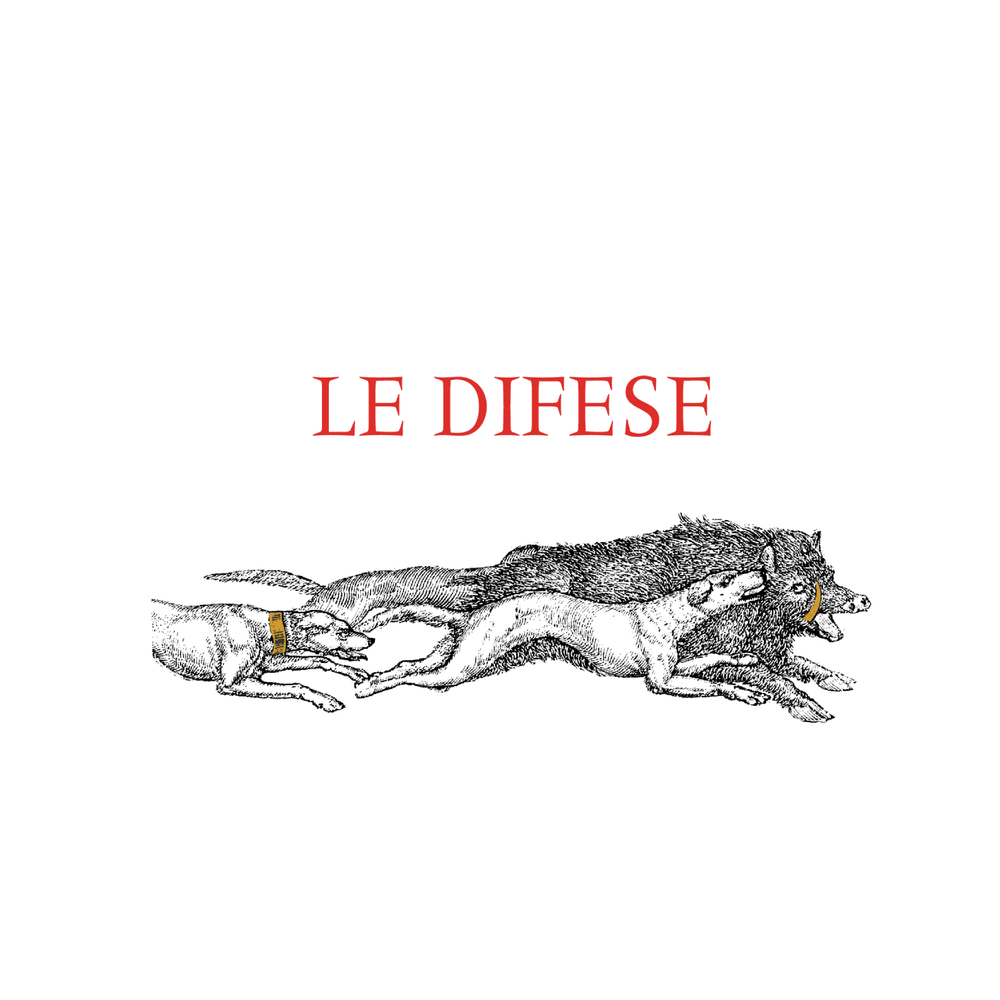Data Sheet
LE DIFESE 2019
CLASSIFICATION
IGT - Toscana
FIRST VINTAGE ON THE MARKET
2002
GRAPES
Cabernet Sauvignon, Sangiovese

Le Difese
SOIL STYLE
The soils on which the vineyards stand has varied and complex terrain features with a strong presence of limestone, feature areas rich in marl and pebbles as well as being partly clayey; they sit at an altitude of between 100 and 300 metres above sea level, with a south/south-west exposure.
WEATHER TRENDS
After an autumn with mild temperatures and frequent rainfall, the winter was fairly dry with temperatures often above the seasonal average. Spring came a little early and, from mid-March, the beautiful sunny days and the consistent rise in temperatures anticipated the growth of the buds. However, in April the weather changed again with a substantial drop in temperatures and the return of rain. The entire month of April was very rainy, and this situation stabilised the water reserve of the soils. The continuation of spring was rather unusual with rainfall and cold temperatures also affected by tramontana winds. From the end of May, the weather improved, and from June, summer arrived with sunny days, normal temperatures and excellent ventilation (particularly at night).
The end of June recorded intense temperatures, but fortunately this sweltering heat only lasted for a short time, with the continuation of summer stabilising at temperatures well within the seasonal average. July and August were hot months, but still with temperatures within the norm, without any excesses, except for the last week of July where the muggy heat persisted for about a week. Immediately after mid-August, there was some rain that brought coolness back and helped normalise plant vitality.
HARVESTING
Harvesting was carried out by hand, began on 5 September for the Cabernet Sauvignon and was completed at the end of the month with the Sangiovese.
FERMENTATION
Careful selection and sorting of the bunches by hand. Soft destemming of the grapes.
Primary fermentation took place in stainless steel vats at a controlled temperature (27-28°C). Maceration on the skins for 13-15 days for the Cabernet Sauvignon and for about 14-18 days for the Sangiovese, with successive phases of pumping over and frequent deléstage to stimulate aromatic extraction and soften the tannins. Malolactic fermentation was carried out in steel and concluded towards the end of November.
AGEING
At the end of the malolactic fermentation, the wine remains in steel for about 3-4 months and temperatures are kept around 10 ° C. Periodic decanting is carried out to eliminate the sediments. The wine then undergoes an aging in wood, with French oak barriques previously used for Sassicaia and Guidalberto, for an average period ranging from 6 to 8 months. At the end of the aging period in wood, the wine returns into the steel tanks where the temperature is stabilized for about 20 days at around 4-5 ° C for the necessary tartaric stabilization, before bottling.